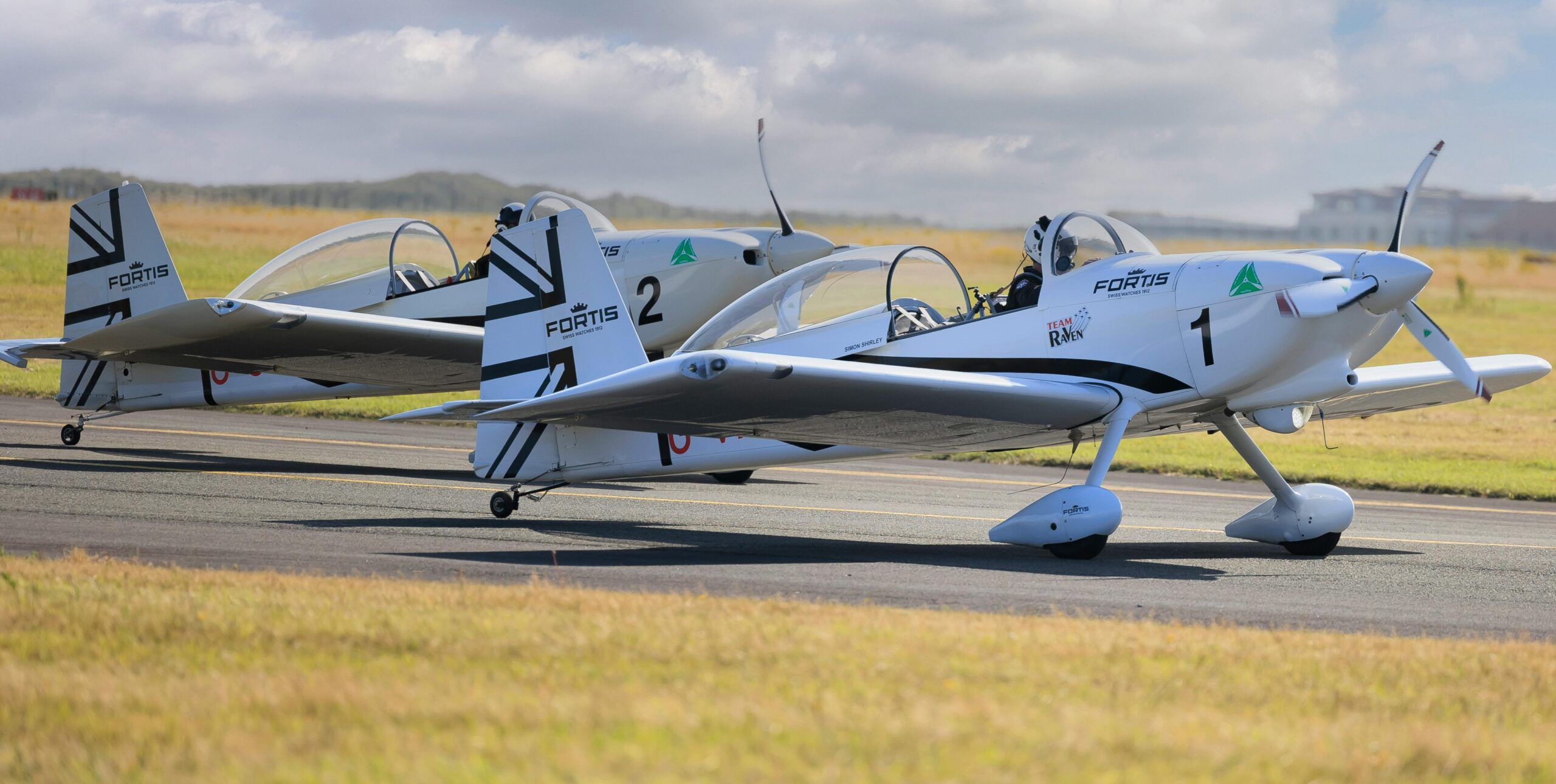There are many situations where multiple aircraft may be on the runway at the same time. While this might seem unusual, it is entirely allowed under established Air Traffic Control procedures. These rules come from FAA Order JO 7110.65BB—commonly known as the point sixty-five among controllers. This order contains detailed guidance on how and when aircraft can safely share the same runway. Section 3-10-1 is one of several that specifically addresses same runway operations and separation standards.
7110.65BB Chapter 3 Same runway separation rules
3−10−3. SAME RUNWAY SEPARATION
a. Separate an arriving aircraft from another aircraft using the same runway by ensuring that the arriving
aircraft does not cross the landing threshold until one of the following conditions exists or unless authorized in paragraph 3−10−10, Altitude Restricted Low Approach.
The other aircraft has landed and is clear of the runway. (See FIG 3−10−1.) Between sunrise and sunset,
if you can determine distances by reference to suitable landmarks and the other aircraft has landed, it need not be clear of the runway if the following minimum distance from the landing threshold exists:

(a) When a Category I aircraft is landing behind a Category I or II− 3,000 feet.
(See FIG 3−10−2.)

Same Runway Separation
(b) When a Category II aircraft is landing behind a Category I or II− 4,500 feet.
(See FIG 3−10−3.)

2. The other aircraft has departed and crossed the runway end. (See FIG 3-10-4). If you can determine distances by reference to suitable landmarks and the other aircraft is airborne, it need not have crossed the runway end if the following minimum distance from the landing threshold exists:
When either is a category III aircraft- 6,000 feet. (See FIG 3-10-5.)
Category I aircraft landing behind Category I or II- 3,000 feet.
Category II aircraft landing behind Category I or II- 4,500 feet.


3. When the succeeding aircraft is a helicopter, visual separation may be applied in lieu of using distance minima.
Summary of 3-10-1 – Same Runway Separation (SRS)
Section 3-10-1 of the FAA Order JO 7110.65BB outlines the minimum separation requirements for aircraft operating on the same runway. These rules apply when:
- A departing aircraft follows another departure,
- A departing aircraft follows a landing,
- An arriving aircraft follows a departure or another arrival.
Key Points from 3-10-1
- Minimum distances must be ensured between aircraft based on aircraft category (small, large, heavy, super).
- The preceding aircraft must be airborne and beyond a certain point (3,000, 5,000, or 6,000 feet down the runway) before the succeeding aircraft starts its takeoff roll.
- Aircraft categories are crucial. Heavier or faster aircraft require greater separation due to wake turbulence risks.
- Controllers can authorize multiple aircraft on the runway only if separation will be achieved through timing and distance.
Why Controllers Can Have Two Aircraft on the Runway
Controllers may clear a second aircraft for takeoff or to line up and wait while another aircraft is on the runway as long as 3-10-1 separation criteria will be met. This allows for:
- Efficient runway usage while maintaining safety,
- Staggered departures where aircraft spacing is assured,
- Use of anticipation, where the first aircraft is expected to be airborne before the second begins takeoff.
Closing
Applying this rule correctly takes both patience and practice. In some cases, pilots may be issued a go-around if proper spacing cannot be maintained, which can happen due to a variety of factors. Hopefully, this article has helped shed some light on how same runway separation rules are applied by air traffic controllers across the country.
Source:
Federal Aviation Administration. (2024). FAA Order JO 7110.65BB – Air Traffic Control. U.S. Department of Transportation. Retrieved from https://www.faa.gov/air_traffic/publications/

